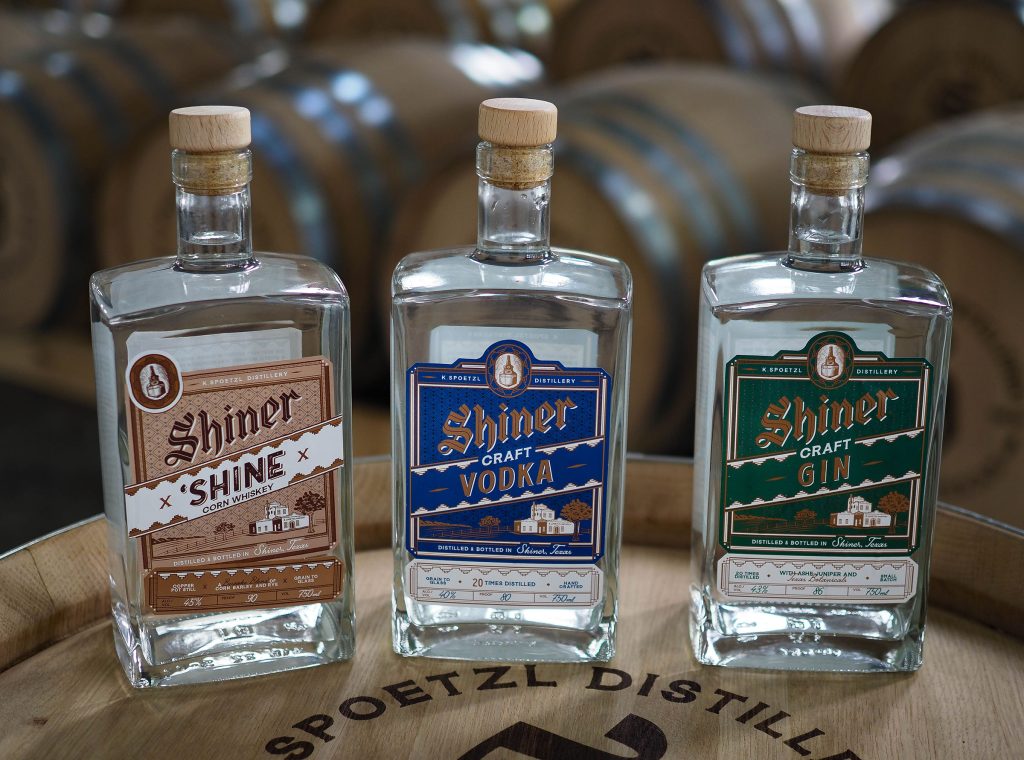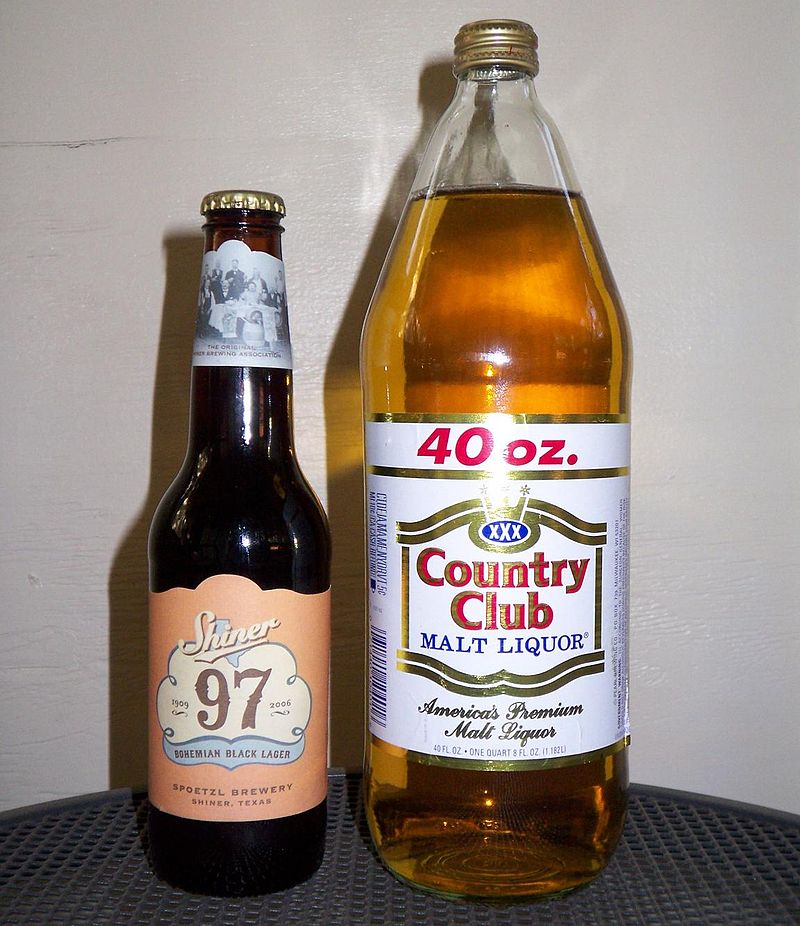Seawall Bar: The Very Best Drinks with a Sea Sight in Galveston
Seawall Bar: The Very Best Drinks with a Sea Sight in Galveston
Blog Article
Uncovering the Tricks of Craft Distillery Production: A Comprehensive Guide
Craft distilleries hold a wide range of understanding and experience that frequently continues to be veiled to the informal observer. The detailed procedure of crafting spirits entails a delicate balance of artistry and science, with each distillery nurturing its very own set of strategies and trade tricks. As we start the trip to uncover the enigmas behind craft distillery production, we will peel off back the layers of custom and technology that shape the spirits we delight in. Join us as we discover the nuances of component choice, the proficiency of distillation, the keys of aging, the advancement of flavor accounts, and the sustainable techniques that underpin this fascinating market.
The Art of Component Choice
When developing craft spirits, the careful procedure of component choice plays an important function in shaping the final quality and character of the product. Distillers must very carefully think about each component that goes right into their spirits, from the base grains or fruits to the botanicals and other flavoring representatives. The top quality of these components directly affects the preference, aroma, and general experience that the spirit will certainly use to customers.
One of the essential facets of component selection is sourcing top quality resources. Breweries in Galveston Texas. Whether it's locally expanded grains, natural fruits, or uncommon botanicals, using the very best feasible components establishes the foundation for a premium final result. Craft distillers commonly prioritize working with small-scale farmers and providers that share their commitment to top quality and sustainability
Moreover, the art of component selection also involves understanding exactly how various components engage during the distillation process. Distillers trying out numerous mixes and percentages to accomplish the preferred taste account and complexity in their spirits. By mastering the art of ingredient choice, craft distillers can produce outstanding and one-of-a-kind products that stick out in the market.
Understanding the Purification Refine

The thorough option of top quality ingredients establishes the foundation for craft distillers to master the purification procedure and develop phenomenal spirits with distinct taste profiles. Nevertheless, the true creativity depends on the distillation process itself. Mastering distillation requires a deep understanding of the science behind dividing alcohol from the base active ingredients to achieve the wanted purity and flavor complexity.
Craft distillers usually make use of pot stills or column stills, each offering unique benefits in the distillation procedure. Pot stills are known for creating spirits with robust and abundant tastes, while column stills excel at creating tidy and smooth spirits. Recognizing how to take advantage of the strengths of each kind of still is essential in crafting spirits that stick out in terms of top quality and taste.
Furthermore, regulating factors such as purification, temperature, and pressure time is critical in making certain an effective purification run. Tiny adjustments in these variables can substantially affect the end product. By carefully monitoring and tweak these criteria, craft distillers can consistently create spirits of extraordinary top quality and character.
/cdn.vox-cdn.com/uploads/chorus_image/image/69556938/305221803_513900044071408_5111142127981802908_n.7.jpg)
Keys of Aging Techniques
Utilizing innovative aging strategies enhances the deepness and intricacy of craft spirits, raising them to unparalleled degrees of elegance and refinement. use this link Craft distilleries commonly experiment with numerous types of barrels, such as oak, cherry wood, or also ex-wine casks, to pass on special qualities to their spirits.

In addition, some craft distilleries employ ingenious aging techniques, such as utilizing sonic waves or accelerated aging methods, to quicken the growth process without endangering the high quality of the spirit. These sophisticated techniques enable distillers to create exceptional aged spirits in a shorter period, meeting consumer need for top notch items while keeping the honesty of typical aging techniques.
Advancement in Taste Development
Innovative methods to flavor advancement in craft distilleries are revolutionizing the art of spirit production (Breweries in Galveston Texas). Craft distilleries are progressively pushing the borders of typical taste accounts by explore unique active ingredients, unique strategies, and innovative collaborations. One significant trend is the renewal of treasure grains and locally sourced botanicals, allowing distillers to craft spirits with unique regional tastes that record the essence of their environments
In addition, craft distillers are venturing into barrel-aging experiments to pass on intricate tastes to their spirits in shorter durations. Strategies such as making use of smaller sized barrels, try out different types of wood, and leveraging different aging atmospheres add to the development of innovative taste profiles that test standard aging standards.
Additionally, the increase of innovation in taste development can not be neglected. Craft distilleries are utilizing advanced equipment like rotary evaporators, vacuum cleaner purification, and ultrasonic homogenizers to remove nuanced flavors from botanicals and fruits, causing go to these guys a new frontier of possibilities in crafting extraordinary and special spirits. This dedication to development in flavor development sets craft distilleries apart in the affordable spirit market, attracting lovers looking for unique sampling experiences.
Sustainability Practices in Distilleries
In the middle of expanding environmental worries and a heightened concentrate on corporate responsibility, distilleries are progressively embracing sustainable practices to lessen their eco-friendly footprint and promote long-lasting ecological stewardship. Distillery in Galveston. Sustainable practices in distilleries include a variety of initiatives focused on decreasing power intake, water usage, waste generation, and general ecological impact
One key element of sustainability in distilleries entails power effectiveness measures such as utilizing renewable resource resources like solar or wind power, applying energy-saving innovations, and maximizing production processes to minimize energy wastefulness. Water conservation is one more vital location where distilleries are making strides by recycling water, applying water-saving modern technologies, and recycling water in numerous stages of production.
Additionally, waste administration practices are being boosted via recycling, composting, and waste-to-energy efforts to lower the amount of waste sent to landfills. Some distilleries are additionally concentrating on sourcing regional active ingredients to support regional economies and decrease the carbon impact connected with transport. Overall, by embracing sustainable methods, distilleries can not just reduce their ecological effect but additionally contribute to an extra lasting and liable market.
Verdict
To conclude, the craft distillery production procedure involves careful component choice, mastering purification techniques, maturing techniques, flavor growth, and sustainability practices. By recognizing and carrying out these keys, distilleries can develop unique and top notch spirits that stick out in the marketplace. Constant technology and a dedication to sustainability are crucial elements in visite site the success of craft distilleries in today's affordable sector.
The intricate procedure of crafting spirits involves a delicate equilibrium of artistry and scientific research, with each distillery harboring its very own collection of methods and trade tricks. As we get started on the journey to uncover the secrets behind craft distillery production, we will peel back the layers of practice and innovation that shape the spirits we delight in. Craft distilleries often experiment with numerous kinds of barrels, such as oak, cherry timber, or even ex-wine barrels, to present distinct characteristics to their spirits.Ingenious techniques to flavor growth in craft distilleries are transforming the art of spirit production. Craft distilleries are taking advantage of advanced devices like rotating evaporators, vacuum cleaner purification, and ultrasonic homogenizers to draw out nuanced flavors from botanicals and fruits, leading to a new frontier of opportunities in crafting extraordinary and special spirits.
Report this page